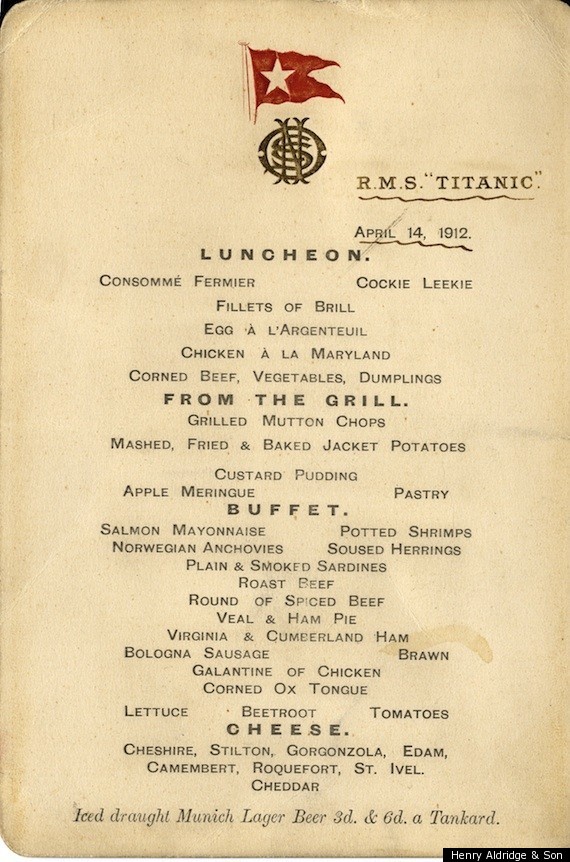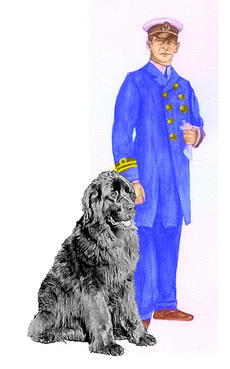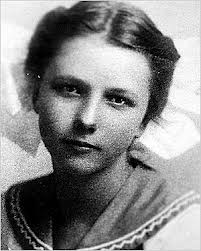From oysters to gruel - the last meals on the Titanic
/We’ve all heard of the gourmet meals and lavish service aboard the Titanic, especially for those in first class. Ever wonder exactly what they ate? Here’s a look at the first class menus for breakfast, lunch, and dinner. I’m not sure what some of the items are, but I think I would have tried everything!
This breakfast menu is from April 11, 1912. The ship left Southampton, England on April 10th, making this the first breakfast aboard.
First class lunch, April 14th, 1912. That night, the ship would strike an iceberg and sink in under three hours. First class passengers numbered 329. Of those, 199 would survive the sinking.
First class dinner on April 14th, 1912, the last meal served on the RMS Titanic.
The second class passengers were served many of the same items, but with fewer courses. First and second class ate in separate dining rooms. The ship’s orchestra split up and entertained both classes during dinner. There were 285 people in second class, and 119 survivors.
Third class passengers were served more ordinary foods, although many were not accustomed to such a variety. Their menus were printed with all the day’s meals on one card, as seen below.
Third Class meals for April 14th, 1912. Of the 710 traveling in third class, only 174 survived the disaster.

















